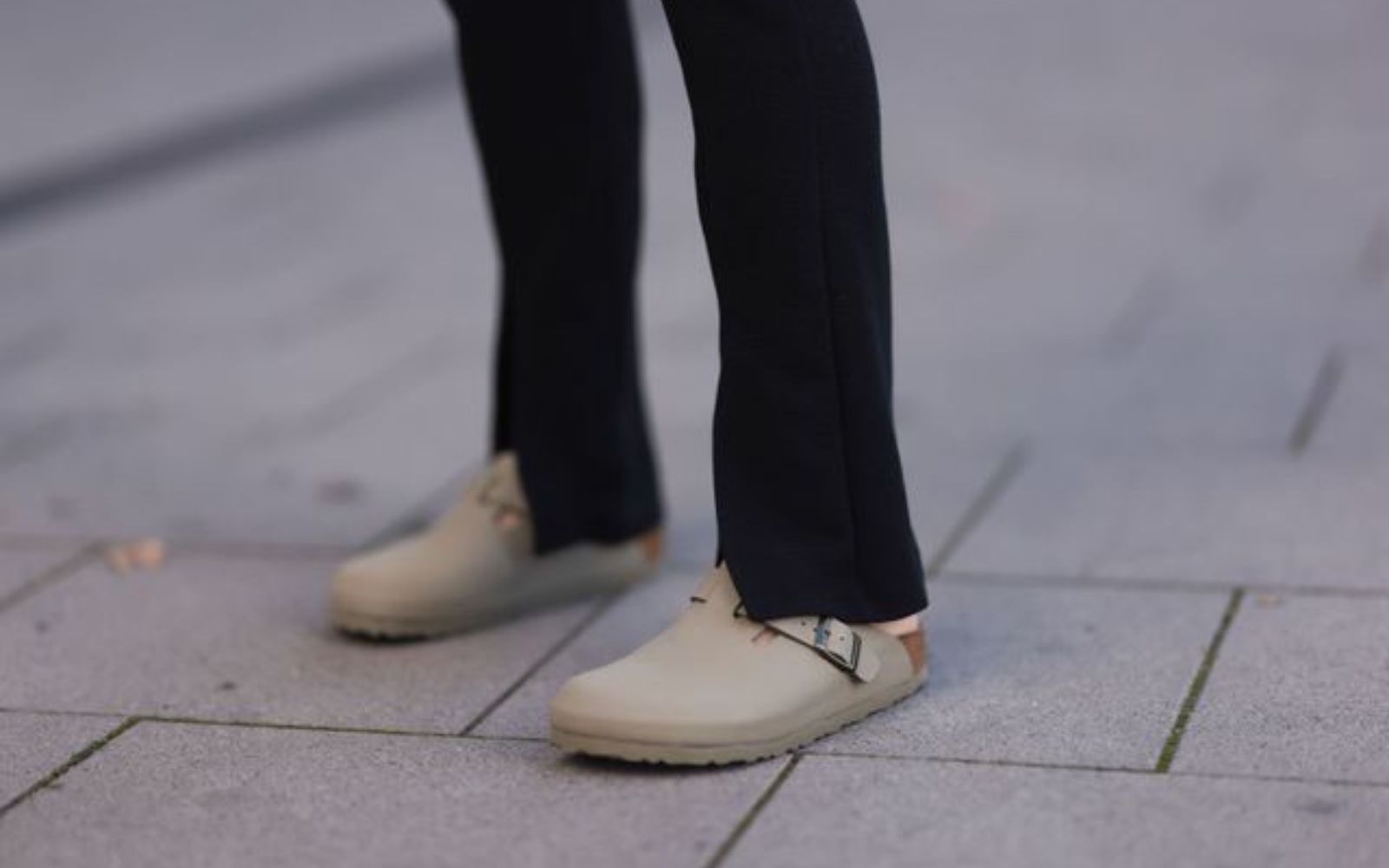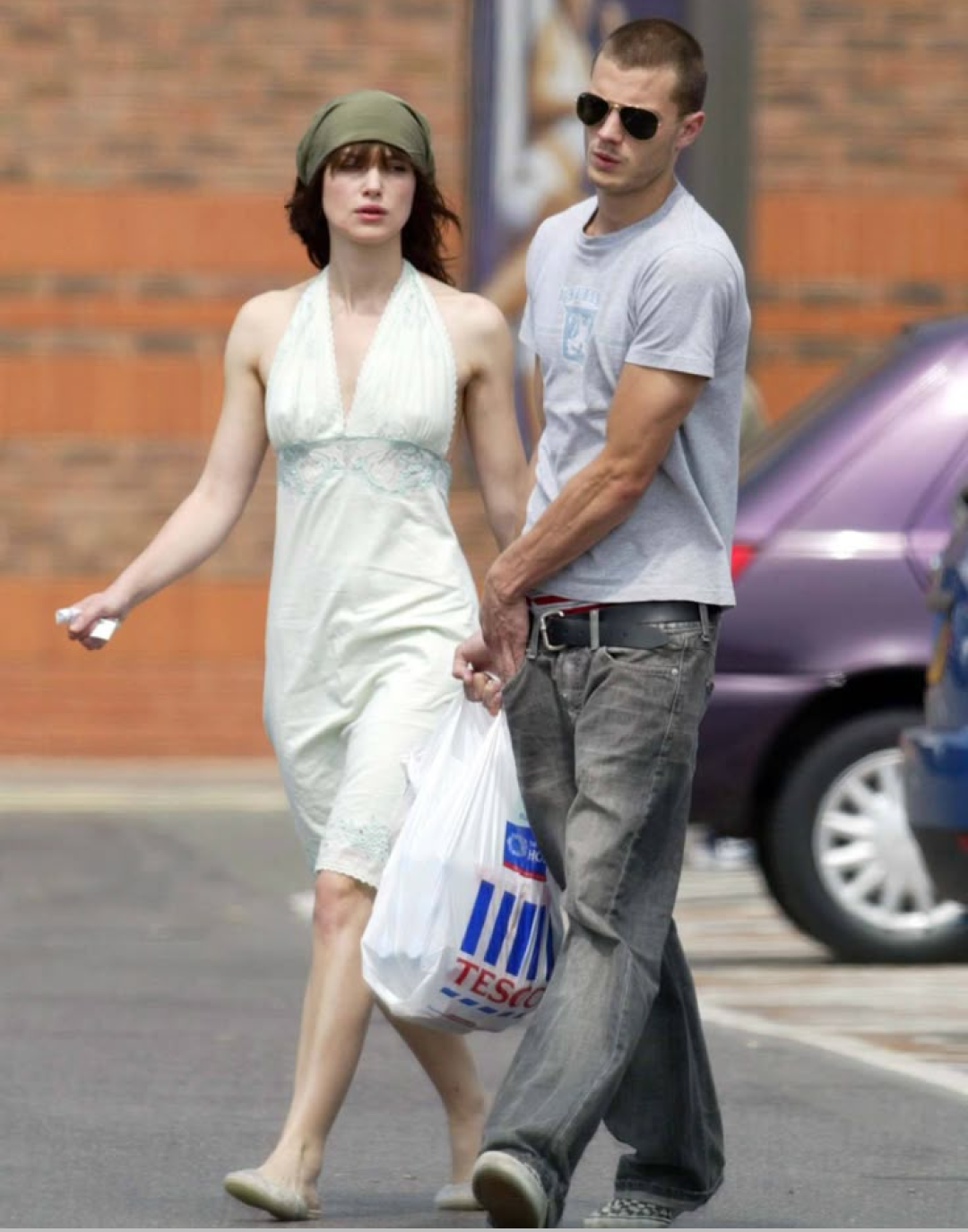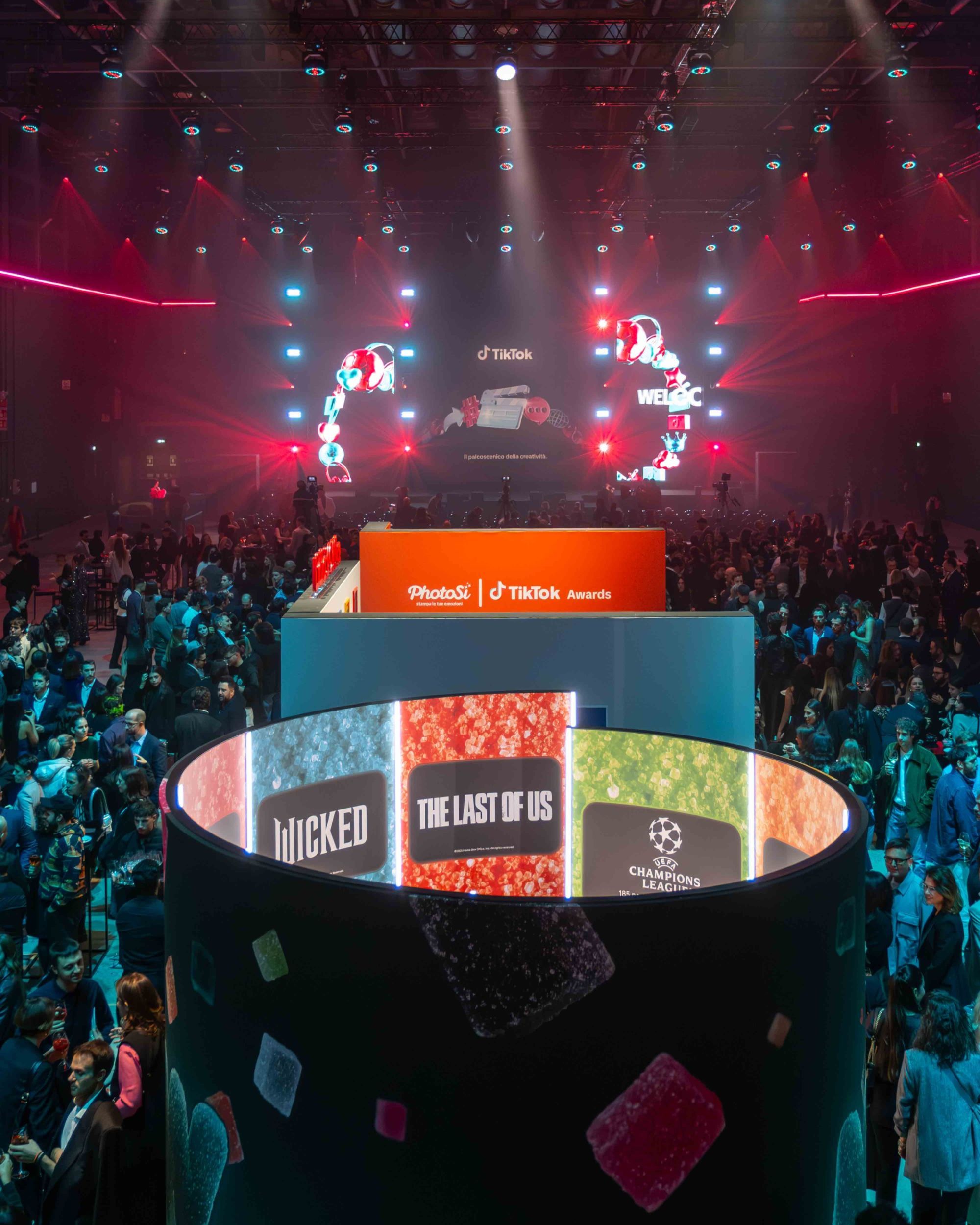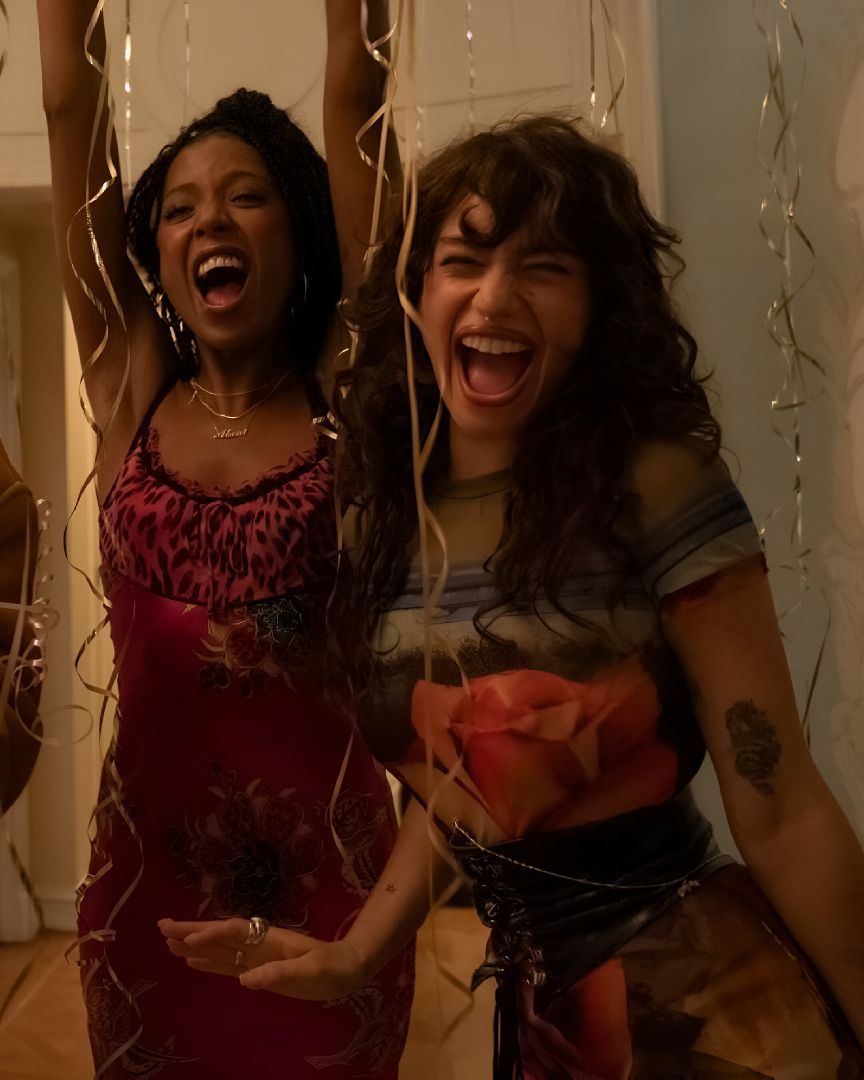
Hoping for a 2023 with less Birkenstocks But also with less adidas Samba and less New Balance 550
If we had to find a starting point for the viral spread of Birkenstocks, we could probably point to 15 January 2020, the day Kanye West was immortalized with a pair of Bostons on his feet. Long before his political sympathies made him a parody of himself, West had an innate ability to turn anything he wore into a viral phenomenon and have it disappear from online shop inventories within hours. Raise your hand if you remember how, after a fleeting appearance at a Versace event, the graduation rapper helped Brain Dead's Gustavo Sweatpants gain unexpected popularity, selling out in no time and remaining available only on resale sites to this day. With oversized black trousers and a blazer, West's outfit represents the ideal start to the Bostons' unwavering popularity, which through a long series of external factors has become an object of desire for much of the world's population. But putting aside Kanye West's endorsement, the roots of the Birkenstocks' success can be found on TikTok, where the Bostons have become a true obsession for the platform's users: The hashtag #birkenstockboston counts 102.3 million views, while, as Highsnobiety reports, some users have reported having to buy the shoes on resale sites due to limited availability, often spending more than two hundred dollars.
@drewjoiner Birkenstock Boston Buying Guide #learnontiktok #birkenstocks #birkenstockboston Lying Has To Stop - Single Version - Soft Hair
So popular that they were the best-selling shoes on Yoox in 2022, the same year that searches reported by Lyst increased by 593 percent in the first six months alone. But while Birkenstock's success may seem like a godsend for the brand, the just consecration of a brand that has been around since 1774, it is the product of a FOMO that has found its ultimate form with TikTok in a whirlwind of copycat shopping that has found its greatest expression with the boom of the Chinese platform. It is no coincidence that the What's Next Report, published by TikTok to summarise the past year, reports that 58 percent of Italian users say they trust a brand after seeing it on TikTok, while 65 percent say they rely on online reviews and advice from designers to decide what to buy. Somewhere between a digital personal shopper and an endless mood board, TikTok's "best of" copycat shopping also includes New Balance 550s as well as the now-unattainable Samba and a very long list of trends whose names, if pronounced backward in front of a mirror, could make Satan appear.
If, as predicted, 2023 could be the year of the «nothing core», then the hope for the year just begun could be for more spontaneity behind purchases, detached from what we see when scrolling through TikTok's For You page every day and closer to our tastes. Having survived the era of hype culture, where wearing a particular sneaker meant claiming membership in a particular group, we fooled ourselves into thinking we had found greater freedom of expression by resorting to trends that were nothing more than derivatives of imposed desires. If the constant sharing via social media of any detail of our lives is rowing in the opposite direction, leading us to be influenced by the actions of others, the first step toward the way out of this vicious cycle is awareness. Because in a world where everyone has Birkenstock Bostons, no one really has Birkenstock Bostons.














































